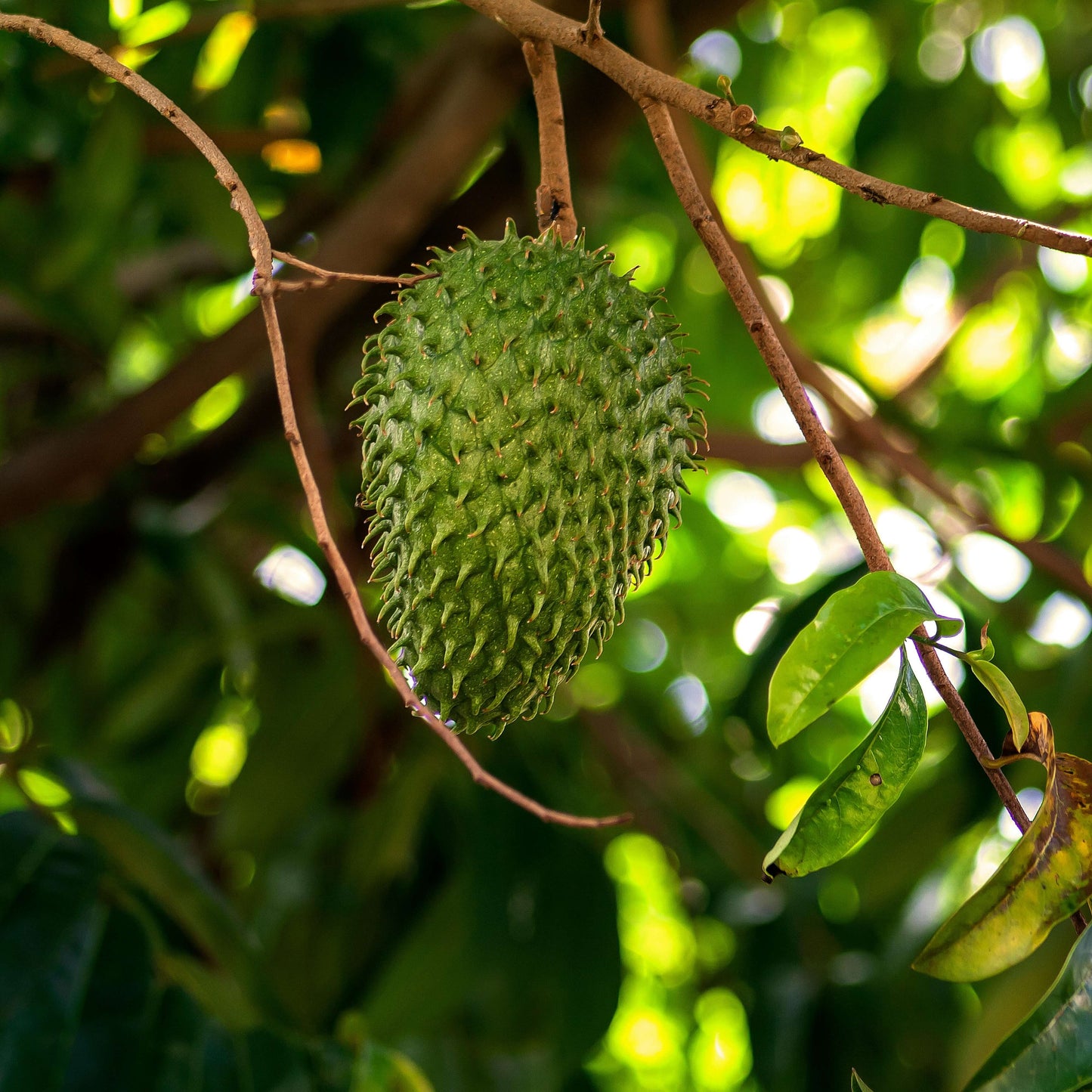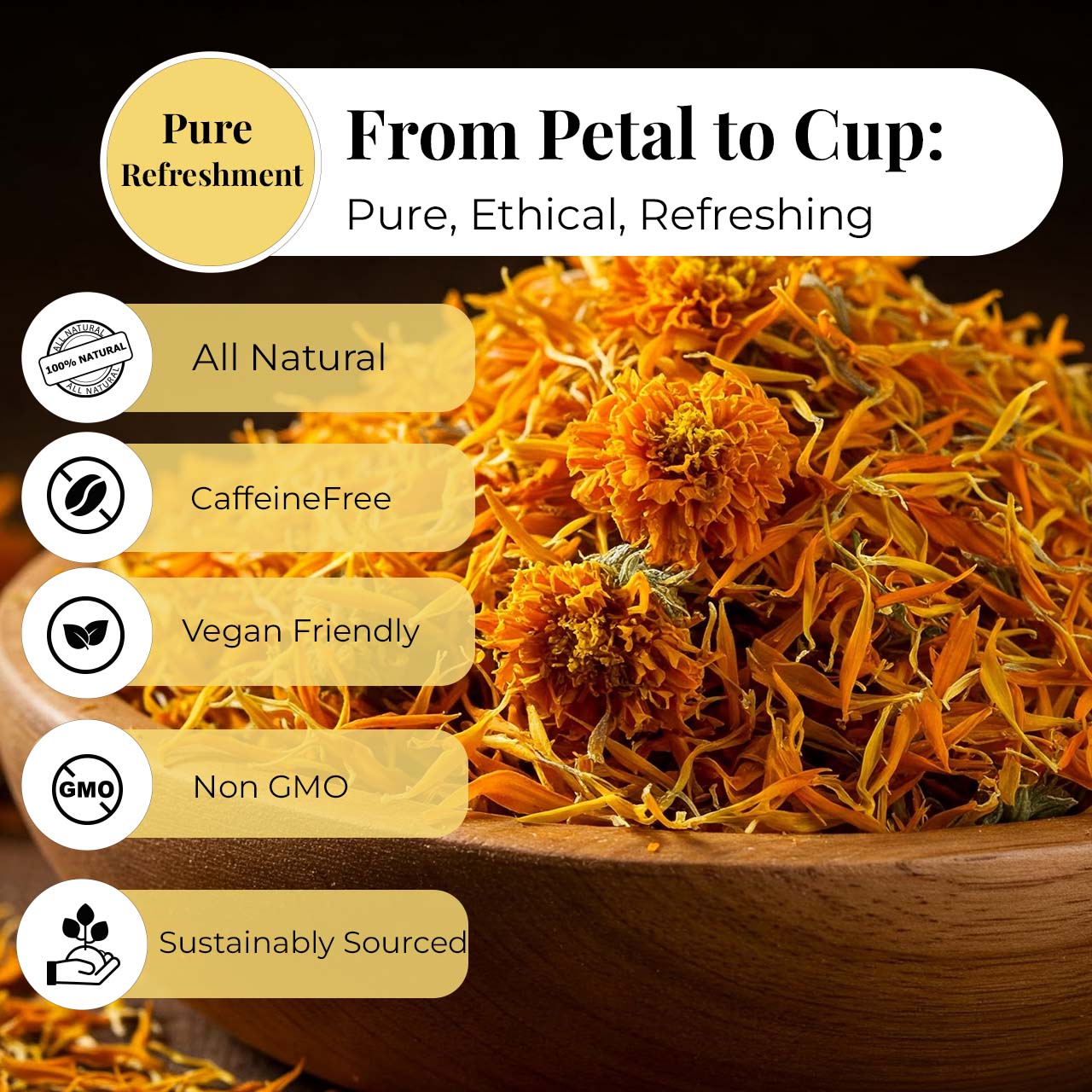Buy your weekday smoothies and get your weekend ones for free. (7 for the price of 5!)

Dried soursop leaves have surged in popularity among herbal enthusiasts for their versatility and reputed wellness properties. Derived from the Annona muricata tree, these dried soursop leaves offer a rich profile of nutrients and bioactive compounds, making them ideal for infusions, tinctures, and beyond. In this article, we’ll explore how to harness these leaves—from steeping a soothing cup of tea to crafting potent tinctures—while uncovering seven amazing benefits that make dried soursop leaves a must-try addition to your health routine.
2. Botanical Profile of Soursop (Annona muricata)
2.1 Growth Habits and Cultivation Regions
Soursop leaves, or Graviola, thrives in tropical climates across the Caribbean, Central America, and parts of Southeast Asia. This evergreen tree reaches heights of up to 30 feet and produces large, prickly fruits often harvested for pulp. Farmers traditionally grow soursop under partial shade, ensuring optimal leaf quality for subsequent drying processes.
2.2 Harvesting and Drying Processes
Optimal leaf quality begins at harvest: leaves are best collected in the early morning when essential oils concentrate. Post-harvest, leaves undergo gentle air‑drying or oven‑drying at low temperatures (around 40–50 °C). This preserves vital phytochemicals while preventing mold growth, resulting in crisp, aromatic leaves primed for infusion.
3. Nutritional and Phytochemical Composition
3.1 Key Vitamins and Minerals
Dried soursop leaves are a source of vitamins such as C, B1, and B2, and minerals like magnesium, potassium, and calcium. These micronutrients support cellular metabolism, bone health, and immune function, making the leaves a nutrient‑dense herbal option.
3.2 Bioactive Compounds (Acetogenins, Alkaloids, Flavonoids)
The hallmark of soursop leaves lies in acetogenins—unique fatty acid derivatives studied for their antioxidant and potential anticancer activities—as well as alkaloids and flavonoids, which exhibit anti-inflammatory and neuroprotective effects.
4. Preparing and Brewing Soursop Leaf Tea
4.1 Traditional Methods
To brew a classic soursop leaf tea, steep 1–2 teaspoons of dried soursop leaves in 250 mL of boiling water for 10–15 minutes. Strain and serve warm, optionally sweetened with honey or blended with complementary herbs like lemongrass or peppermint for enhanced flavor.
4.2 Modern Tea Blends
Contemporary tea enthusiasts often pair soursop leaves with green tea or rooibos to balance taste and potency. Pre-blended sachets simplify preparation and allow for consistent doses of bioactives.
5. Extracting Tinctures: A Step-by-Step Guide
5.1 Solvent Selection and Safety
High‑proof ethanol is the preferred solvent for tincture-making, efficiently extracting both water-soluble and alcohol-soluble compounds. Use food-grade ethanol (minimum 40 % ABV) and maintain a leaf-to-solvent ratio of 1:5 by weight.
5.2 Storage and Shelf-Life
Store tinctures in amber glass dropper bottles, tightly sealed, away from light. At proper conditions, soursop leaf tinctures can remain stable for up to two years, with potency gradually diminishing thereafter.
6. Health Benefits and Scientific Evidence
6.1 Immune Support and Antioxidant Activity
Studies indicate that soursop leaf extracts exhibit significant free-radical scavenging activity, potentially bolstering immune defenses against pathogens.
6.2 Anti-inflammatory and Analgesic Properties
Traditional medicine across tropical regions uses soursop leaves to alleviate inflammation and pain, corroborated by in vitro assays showing inhibition of pro‑inflammatory enzymes.
6.3 Potential Anticancer Research
Preliminary research suggests acetogenins from soursop leaves may induce apoptosis in certain cancer cell lines; however, clinical trials remain limited, necessitating cautious optimism.
7. Safety, Dosage, and Contraindications
7.1 Recommended Daily Intake
A typical regimen involves 1–2 cups of tea daily or 30–60 drops of tincture. Start with lower doses to assess tolerance.
7.2 Possible Side Effects and Interactions
While generally well-tolerated, excessive consumption may cause gastrointestinal discomfort. Patients on hypertensive or antidiabetic medications should consult healthcare providers due to potential interactions.
8. Incorporating Dried Soursop Leaves into Everyday Life
8.1 Culinary Uses Beyond Tea
Finely ground soursop leaf powder can enrich smoothies, soups, and sauces, imparting a subtle herbaceous note alongside health benefits.
8.2 DIY Herbal Remedies
Combine soursop tincture with topical carrier oils to create soothing balms for minor skin irritations, leveraging both anti-inflammatory and antimicrobial properties.
9. Sustainability and Ethical Sourcing
To support both environmental health and fair trade, seek leaves from certified organic producers who employ regenerative agricultural practices, ensuring high-quality products without ecological harm.
10. Conclusion
Dried soursop leaves present a multifaceted herbal ally—from comforting teas to potent tinctures—backed by nutrient richness and compelling bioactivity. Embrace these leaves responsibly, and unlock their seven amazing benefits to enhance your wellness journey.
FAQs
-
How soon can I expect to feel the benefits of soursop leaf tea?
Many users report subtle improvements in digestion and relaxation within a week, though individual responses vary. -
Can pregnant or breastfeeding women consume soursop leaves?
Due to limited safety data, it’s advisable for expectant or nursing mothers to consult healthcare professionals before use. -
What’s the difference between soursop leaf tea and tincture?
Tea provides mild, water-soluble benefits, whereas tinctures offer a more concentrated dose of both water- and alcohol-soluble compounds. -
Are there any known drug interactions?
Soursop may enhance the effects of blood-pressure-lowering and antidiabetic drugs; monitor closely under medical supervision. -
Can I grow soursop trees at home for leaf harvesting?
In tropical or subtropical climates, yes—ensure well-drained soil, partial shade, and regular pruning to maintain leaf quality. -
How should I store dried soursop leaves?
Keep in airtight, opaque containers away from heat and moisture to preserve potency for up to one year.

































